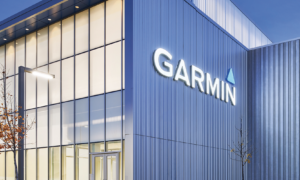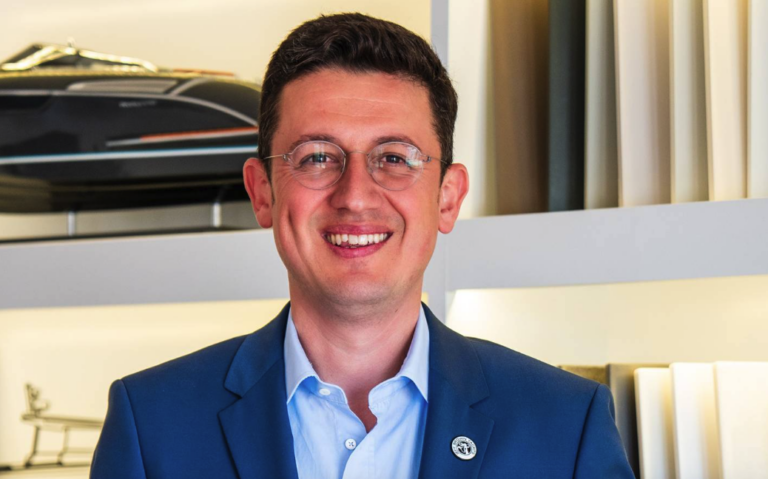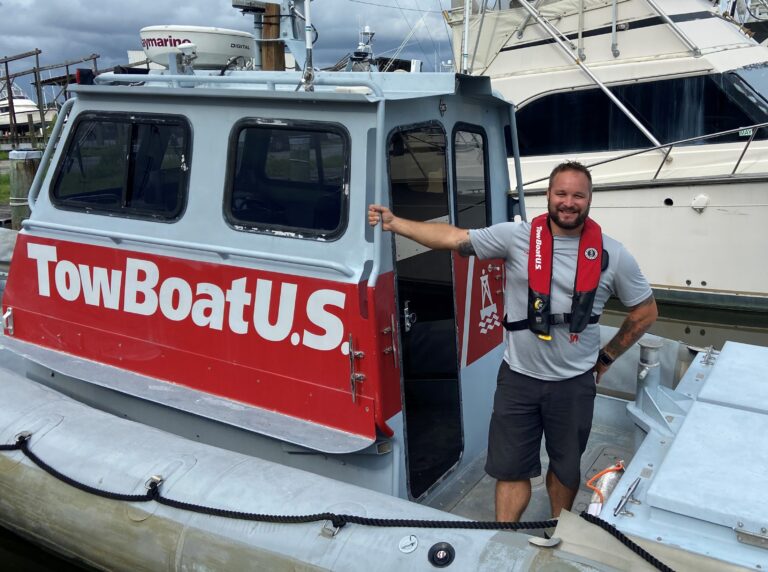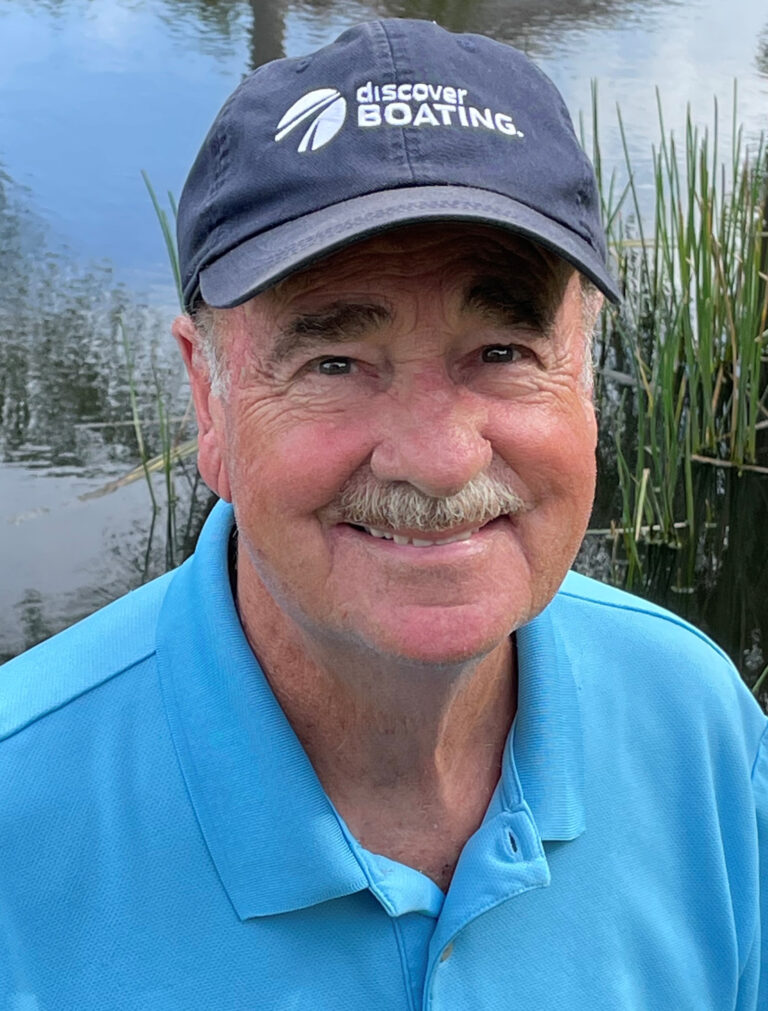
It’s a simple equation: Consumers love horsepower, and regulators hate emissions. Engine combustion depends upon fuel, air and ignition. The result of combustion is horsepower; a byproduct is exhaust emissions. Thus, the start of a love-hate relationship that has lasted decades.
Since the 1970s, every identifiable source of emissions — even relatively insignificant ones like marine engines — has become a target. Compared to cars and cows, boat motors don’t even make the chart. About the cows…
Before environmental awareness, my father, Mercury founder Carl Kiekhaefer, purchased the land all around a lake in Florida. He tested product innovations and outboards on the remote body of water. He called it Lake X so competitors would neither know where to find it nor spy on new products. During that time, much gasoline was consumed and exhausted.
Concerned, my father hired university scientists to evaluate Lake X for degradation. They found elevated hydrocarbons. The source was cattle excrement seeping from nearby ranches, not emissions coming from outboards. Turns out, there are microbes that dine on hydrocarbons. Even cow poo wasn’t that bad. However, legislators never let science obstruct a “good” regulation; government pressure was on.
Mercury had to find ways to comply. Because early regulatory proposals were onerous, we had efforts on two fronts: First, participate in the regulatory process (educate and preempt unreasonable demands), and second, find technological solutions. Fuel injection was part of the latter.
While simple in concept, fuel delivery isn’t easy. If droplets are too big or hit a relatively cool cylinder wall, they don’t burn. If the flame goes out, fuel remains. Unburned hydrocarbons go down the tailpipe as exhaust emissions. With enough unburned hydrocarbons, misfires occur, leading to rough running, stalling or hard starting.
Marine fuel injection was introduced in the 1970s on 4-cycle offshore racing engines from both Kiekhaefer and Mercury — fierce competitors at that time. (Brunswick had tried to kick Dad upstairs, out of operations. He didn’t go quietly. He quit and activated Kiekhaefer Aeromarine, building racing engines to kick ’em back.) Mechanical injection came from auto racing engines. It replaced carburetors with mechanical injection. Not much R&D for either KAM or Mercury, but not good enough for emissions.

Automobile companies introduced electronic fuel injection in the 1970s for regulatory compliance. Automotive volume reduced the cost of computer controllers. At that point, EFI was affordably adapted to marine engines.
Next came direct injection. With DI, fuel is directly injected into the combustion chamber, just enough to keep the air-fuel ratio optimal. Injectors deliver tiny droplets that ignite before they reach the cylinder wall. Therefore, DI lowers emissions, wastes less fuel and enhances running quality.
Mercury’s heavy R&D effort involved creating DI for outboards. Development began in the mid-1980s. It took about six years and was introduced to the public in the early 1990s as OptiMax.
OptiMax employed “pneumatically assisted direct injection.” A compressor blasted air through injectors toward droplets emerging from adjacent fuel injectors. The air blast broke droplets into a fine mist, which burned completely. The timing and duration of all this squirting and puffing was computer controlled. The system yielded a vast improvement over conventional 2-strokes. It dramatically reduced hydrocarbon emissions. The blue smoke of the old-tech 2-strokes was gone. Smoothness and fuel economy improved; however, acceleration and top speed didn’t change much. Horsepower is horsepower. But OptiMax was so effective, Mercury was able to spark-ignite diesel fuel. This helped with diesel outboards for the U.S. Navy and global markets.
While the results were impressive, they didn’t arrive without pain. Air compressors on early prototypes failed prematurely. We blew up a lot of engines because of inadequate lubrication. Also, there were structural failures of the compressor. Both problems were remedied through redesign.

To promote OptiMax, Mercury Racing was challenged to win the 24 Heures Motonautiques de Rouen — an endurance race on the River Seine in France with global public relations reach. We had two challenges: Union Internationale Motonautique only allowed production engines, and we didn’t have a racing OptiMax.
We persuaded UIM to form an experimental low-e class. Results didn’t officially count. In 1997, Mercury Racing campaigned two tunnel boats with stock OptiMax engines (the best we could manage in time) and finished fourth and fifth. By 1999, we had a Racing OptiMax and finished second. By 2000, OptiMax won first and second places. Racing proved that our early failures were fixed. We showed that low-e engines were as fast as conventional 2-strokes. Race drivers demonstrated superior economy by going longer between fuel stops. We shouted “Low-e OptiMax” from rooftops, but OptiMax was not the endgame.
Facing tightening regulations, Mercury came to realize that 4-stroke outboards were necessary. The 2-strokes couldn’t be cleaned up enough — even with DI. Verado development began.
On the sterndrive side, fuel injection was added to MerCruiser engines as soon as automotive volume made EFI cost competitive. Running quality and fuel economy made doing so imperative.
At Mercury Racing, we saw a trend toward smaller automotive engines. Cars got lighter, and engines got smaller to meet Corporate Average Fuel Economy regulations. Yet boats were getting heavier and bigger — even as speeds increased. Auto-based engines were stressed as we increased power to cope. Even GM’s venerable “big block” wasn’t up to the task. Reliability suffered. Boats needed engines with more displacement and up-to-date technology for reliability.

Racing conceived and developed its own 9-liter, V-8 engine. With bigger displacement, computer-controlled fuel injection, four-valve cylinder heads and twin turbocharging, Mercury Racing brought to market what performance boaters craved: reliable speed and meaningful range. Electronic fuel injection was the key.
Fred Kiekhaefer was the president of Mercury Racing from 1990 through 2012. His company, Kiekhaefer Aeromarine, introduced Sterndrives by Kiekhaefer in 1988 and produced the first drive designed to work with high-performance engines. The drive won back-to-back offshore powerboat racing world championships in 1988 and 1989 and continues today as Mercury’s No. 6 drive.
This article originally appeared in the April 2019 issue.











